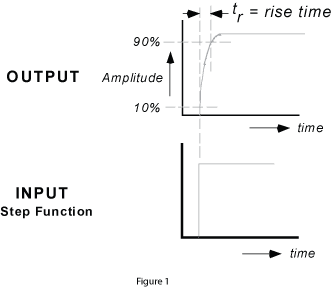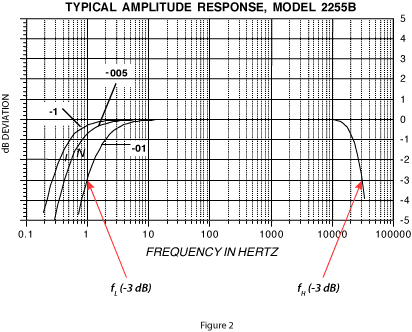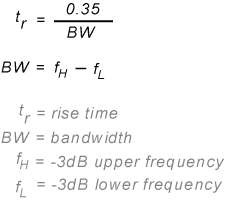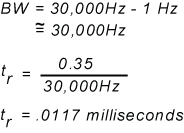Question
I am using your model
2255B-01 and I am monitoring shock pulses having 2 milliseconds minimum pulse width. Is the accelerometer capable of responding?
Answer
In order for an accelerometer to respond to the specified input shock pulse 2 milliseconds in this case, the accelerometer rise time must be shorter than the shock pulse width to be monitored. In other words the accelerometer must be fast enough so that the output can faithfully respond to the input without significantly distorting the fast acting input signal. At a minimum the rise time of the accelerometer should be at least 10 times shorter than the minimum pulse width to be monitored to insure good reproduction of the input signal. The shorter the rise time of the accelerometer the closer the output resembles the input.
In electronics, when describing a voltage or current step function, rise time (also risetime) refers to the time required for a signal to change from a specified low value to a specified high value. Typically, these values are 10% and 90% of the step height. See Figure 1.
Rise time is rarely specified in the accelerometer performance specification however given the frequency response in Figure 2 we can calculate the rise time. To answer the question above let us calculate the rise time of model 2255B-01.


Formula:

Calculation of rise time:

Conclusion:
Since the rise time of the accelerometer is very much shorter compared to the minimum input pulse width, we can confidently conclude that model 2255B-01 can respond to the 2 milliseconds pulse width with no problem.